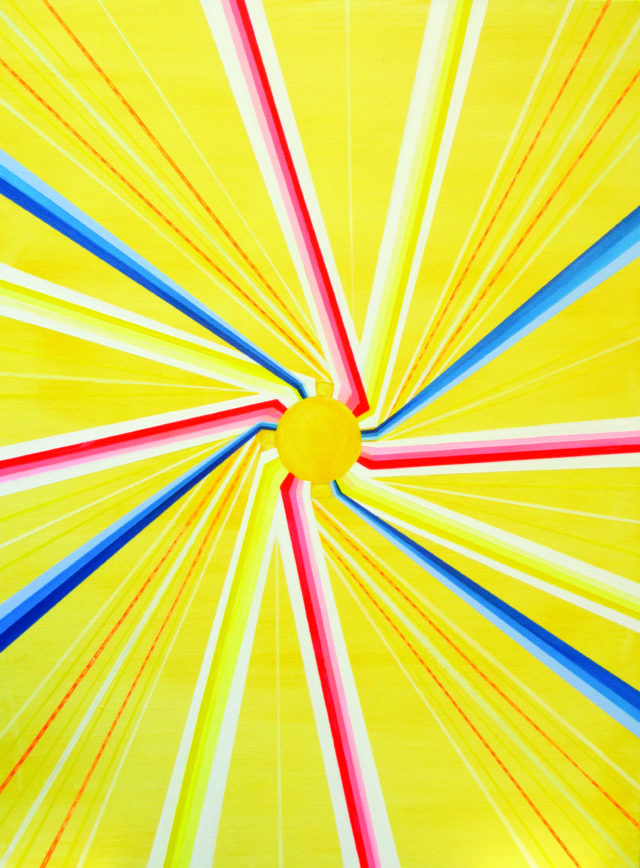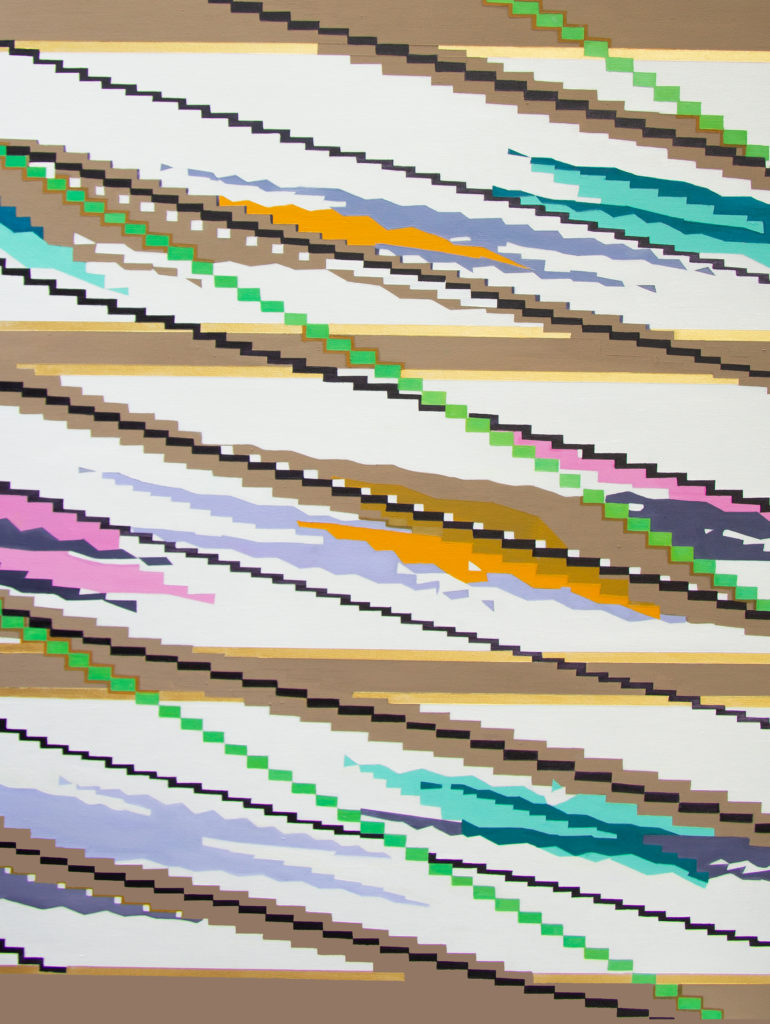
Natasha Mistry was a smart child, the kind placed in a selective academic school in her native England and praised for her natural grasp of literature and language.
But she loved to draw more than anything. She knew she wanted to be an artist, but the adults around her had different expectations. In a private conversation, the headmaster of her school suggested Mistry would be wasting her intelligence by studying art at university.
“It was one of those moments I often look back at,” Mistry says over the phone from her home in Boulder. “Those things give us a little fire for the passion that we have.”

Mistry went on to study art, and eventually made her way to South Korea, where she taught English and developed art programs for several schools.
“I think [the experience with the headmaster] also informed my passion to teach Korean children,” Mistry says. “[South Korea has] a very left-brained educational system where there’s a lot of pressure to be academic. I also felt a lot of stress as a child to be academic, so I could relate to them and had sensitivity about their anxiety. My goal with art was to get them to connect to their inner life.”

The whole of Mistry’s artistic practice has been tied to the concept of exploring this “inner life” — the wild terrain that is human imagination. On Friday, Nov. 6, Mistry will mount a show at Refuge Art Gallery in downtown Boulder called Inner Landscapes, featuring vibrant oil paintings and intricate mandala-like studies that Mistry divines during her daily meditation practice.
“Through creating a painting, I find I’m not really conscious sometimes of what is happening,” she says of her process. “I do feel like there are trance-like states I can get into. … Certain elements will pop out and vibrate. It’s an experience, and I strongly feel that art should be an experience. It can flow through you and you can see things and feel things and look differently at things every day.”
This is why Mistry foregoes naming her pieces:
“My works are 99% untitled so that people can have this full experience without engaging their logical brains with words.”
Mistry says she was a “very sensitive child” who, despite a loving and supportive family, struggled with anxiety as her family moved around the U.K. numerous times for her father’s job.
“From an early age I didn’t feel like I could express myself … I found it hard to be in social situations. I found it difficult to be the focus of attention,” she says.
But she found relief in dance and art. She drew her first mandala at 14 without knowing what it was.
“I vividly remember thinking I was not supposed to do this,” she says. “I was actually using pastels and drawing studies of Degas’ ballerinas for a local show at the church. I was meant to be focusing on that. But what I was interested in was what was coming out of me, which I had no idea what was. It came intuitively. I think it was the start of me becoming interested in the inner world.”

Teaching in South Korea, Mistry devoted her weekends to exploring as many of the hundreds of Buddhist temples in the country as she could. And she traveled more, visiting spiritual sites in India, Japan and Peru. Through the art she found on her travels, she began to understand the nature of her own art.
“It turned out everyone — all of humanity — has been going through this inner searching; it’s not just me,” Mistry says with a laugh. “It was very exciting to see the inner world was a very real place.”
While living in South Korea, Mistry was introduced to a man from Boulder who eventually became her husband. The two settled down here four years ago.
Mistry will be painting live at Refuge Gallery during her exhibition. Everyone will be required to wear masks and keep a safe distance from others.
“I’m hoping this show can provide some joy,” Mistry says. “It’s a reminder that we can all connect to our inner reality at any time. Life is hard, but we can still connect to our inner power. We can still rejoice in the innocence of play and joy and color.”














